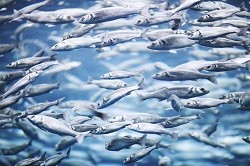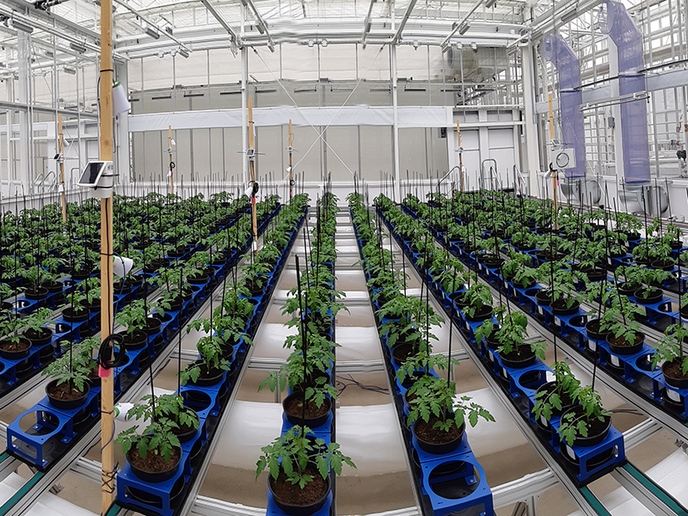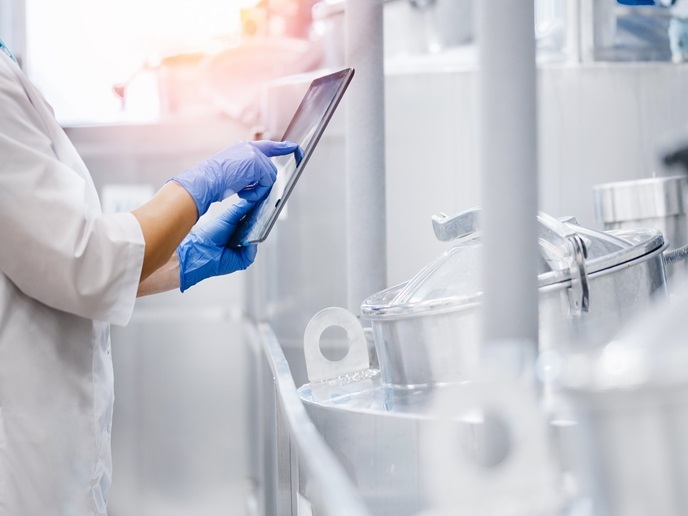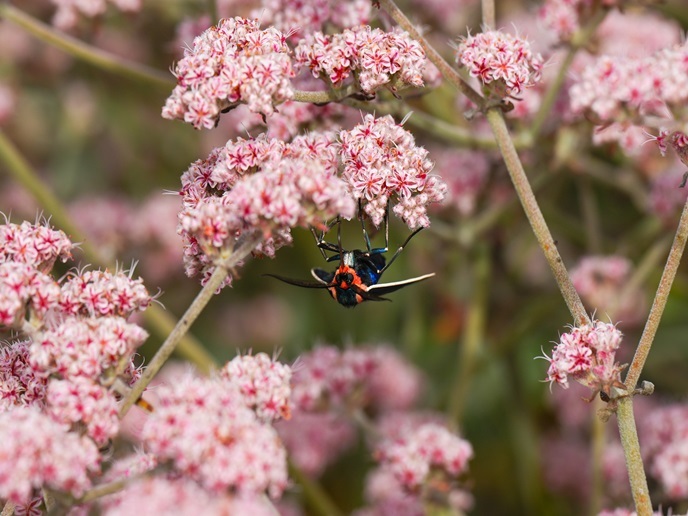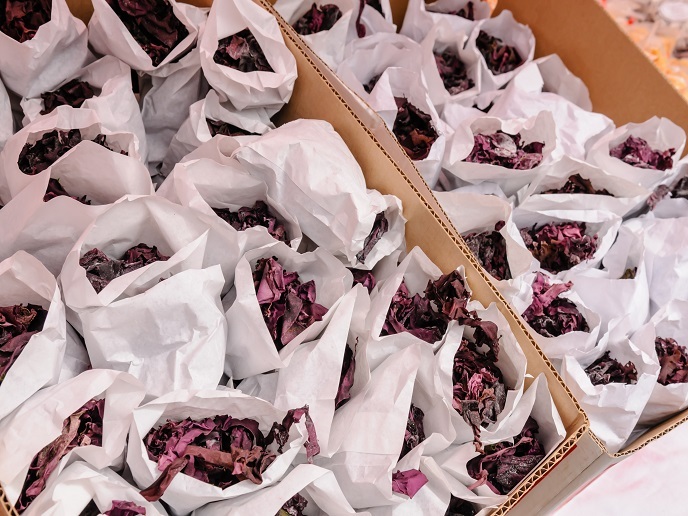Fishing around for sustainable solutions
How Europe deals with its fisheries and marine environments has long been a sticky problem. Past overfishing had caused dramatic reductions in fish stocks and potential damage to entire marine ecosystems. Since 1995 Europe has had fishing quotas, with 2015 seeing the total EU catch 7.0 % less than 10 years earlier (5.1 million tonnes of fish). But the 'blue' economy is important - it represents 5.4 million jobs and generates EUR 500 billion a year. It needs a different approach says COFASP project co-ordinator, Niels Gøtke from the Danish Agency for Research and Higher Education, ‘In the past we used to deal with Fisheries, Aquaculture and Sea Food Processing as separate challenges. In COFASP we have taken a holistic view, to seek effective and sustainable common solutions.’ COFASP sought to get all European organisations working together across the Fisheries, Aquaculture and Seafood Processing fields. Its 27 partners from 16 Member States, included primarily government ministries and funding bodies, but had broad interaction with research institutes, regional organisations, and industry. Three transnational funding calls led to 16 projects which are ongoing. From synthesising its results, COFASP has created a Strategic Research Agenda for the future. The ambition is for European fisheries to become more efficient, selective and less destructive of habitats, leading to higher and more sustainable yields. This will also need a focus on bottlenecks in fish farming, such as breeding fast-growing species, and further automatisation in processing methods. ‘The COFASP strategy provides a scientific and evidence based underpinning of the latest plans to revise European fisheries policy through the Common Fisheries Policy (CFP), especially with regards to the sustainability and future profitability of these sectors.’ says Gøtke. He suggests the project will help European policymakers to optimise its financial support of the industry. Case studies helped the consortium delve into the big challenges. One problem fisheries are facing is the discard ban - the ban on returning unwanted catches to the sea which impacts the economics of fishing. A case study looked at ways of integrating multiple objectives in managing living resources to promote conservation and sustainability. Improving the farming of fish - aquaculture - was another COFASP focus. A case study compared European farming of bass and bream with the successful North-Atlantic salmon industry. The consumer is also an important part of the equation and a case study examined the route from ocean to plate. ‘Traceability is crucial for consumers and industry. It has consequences for consumer health, sustainability as well as helping to reduce illegal imports from third countries,’ explains Gøtke. The case study showed there is consumer demand for high quality, safe and healthy seafood and industry is ready to respond to this with support from science. COFASP, which formally ended in January 2017, also initiated a foresight study to suggest future research focuses. ‘COFASP and the research it has coordinated have provided essential inputs to the industry and European policy makers. Together with other projects, this new knowledge will contribute to ‘blue growth,’ says Gøtke. Blue growth is the strategy to support a sustainable growth in marine and maritime sectors using innovation. The consortium forged strong working relationships between organisations and COFASP partners are exploring ways to continue collaborating through new projects in the years to come.



